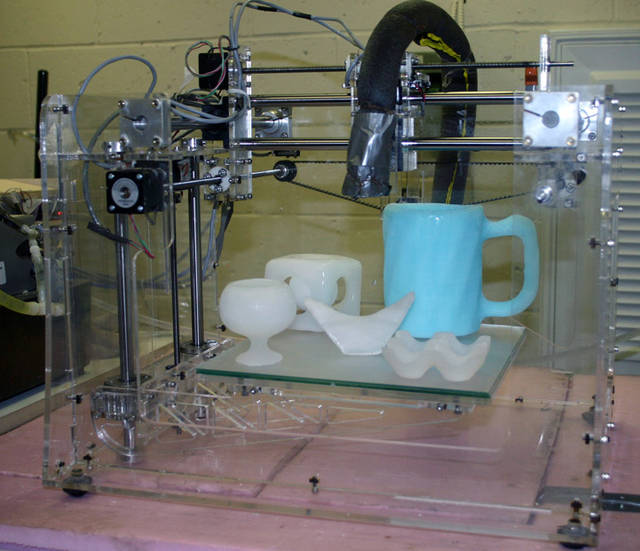One of the challenges of SIGGRAPH is doing it all. My own method is to take a sheet of lined paper (remember that stuff?) and make columns for the days, each line being a half hour. One whole sheet holds it all, vs. me dorking around with my Palm/phone/Touch/whatever, scrolling around to see what’s what. Old school, but it works great.
Anyway, Naty’s recent summary of courses didn’t have course times. Here goes, mostly for my own benefit, in time order. Bolded are the ones I personally plan to attend and why, FWIW:
Perceptually Motivated Graphics, Visualization, and 3D Displays – Sunday afternoon
Physically Based Shading Models in Film and Game Production – Sunday afternoon. Toss up for me between this and the previous course. Naty’s the only speaker for this one, so it’s tempting to go, just to see his head explode after lecturing for 3+ hours.
Stylized Rendering in Games – Monday morning. I’m particularly pumped for this one, having done NPR work this last year.
Recent Advances in Real-Time Collision and Proximity Computations for Games and Simulations – Monday afternoon
Color Enhancement and Rendering in Film and Game Production – Tuesday morning. Naty’s a speaker.
Filtered Importance Sampling for Production Rendering – Tuesday morning
An Introduction to 3D Spatial Interaction With Videogame Motion Controllers – Tuesday afternoon
Advances in Real-Time Rendering in 3D Graphics and Games – all Wednesday. Traditional course, usually quite good.
Volumetric Methods in Visual Effects – Wednesday morning
Gazing at Games: Using Eye Tracking to Control Virtual Characters – Wednesday afternoon
Beyond Programmable Shading – all Thursday. The DICE talk last year was amazing, the others were also worthwhile.
Advanced Techniques in Real-Time Hair Rendering and Simulation – Thursday morning
Global Illumination Across Industries – Thursday afternoon
The “Advances” course used to always be Monday. Which was terrible last year, as it was scheduled against the last day of the colocated HPG conference (not a problem this year, since HPG is in Europe alternate years). I suspect someone realized that putting Advances and Beyond next to each other, and alongside the exhibition floor days, was good for pulling in game devs. Anyway, looks to be a great set of courses, other than the risk of head explosion.
If you want something lighter to start with on Sunday, try Glassner’s “Processing for Visual Artists and Designers” course. The Processing language is easy to learn and fun for quick bit-twiddling or other 2D effects, with all the usual 2D primitives and mouse support (and much else) built in.









